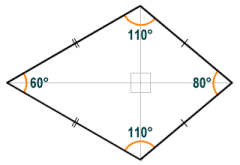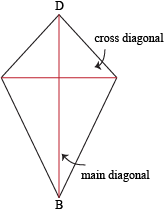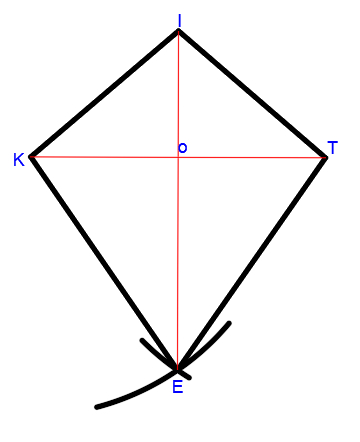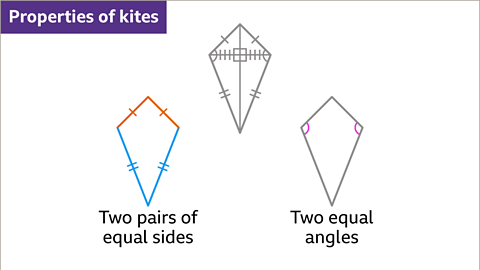A quadrilateral with two pairs of adjacent congruent sides is called a kite. The diagonals of a kite are perpendicular. Find the perimeter and area of the kite below.
4.6 (566) · $ 14.00 · In stock


/wp-content/uploads/2023/04/ima

What quadrilateral has two pairs of congruent sides, not including

Quadrilateral ABCD has all congruent sides and opposite angles that are congruent. What classification can be given to ABCD? (a) parallelogram (b) rectangle (c) rhombus (d) square

Quadrilaterals Kites

Quadrilaterals - Definition, Types, Properties, Interactives and

Quadrilateral - Definition, Properties, Types, Area, Perimeter

What is the area of quadrilateral QRST if line segment QS = 18 and line segment RT = 24? Show your work.

A kite is a quadrilateral with two pairs of consecutive cong
A kite has diagonals that are 18 and 52 units long and a perimeter

In quadrilateral PQRS below, sides PS and QR are parallel for what value of x ?

Special Quadrilaterals. KITE Exactly 2 distinct pairs of

SOLVED: Solving Problems Involving Kites Lesson 3 Have you ever







